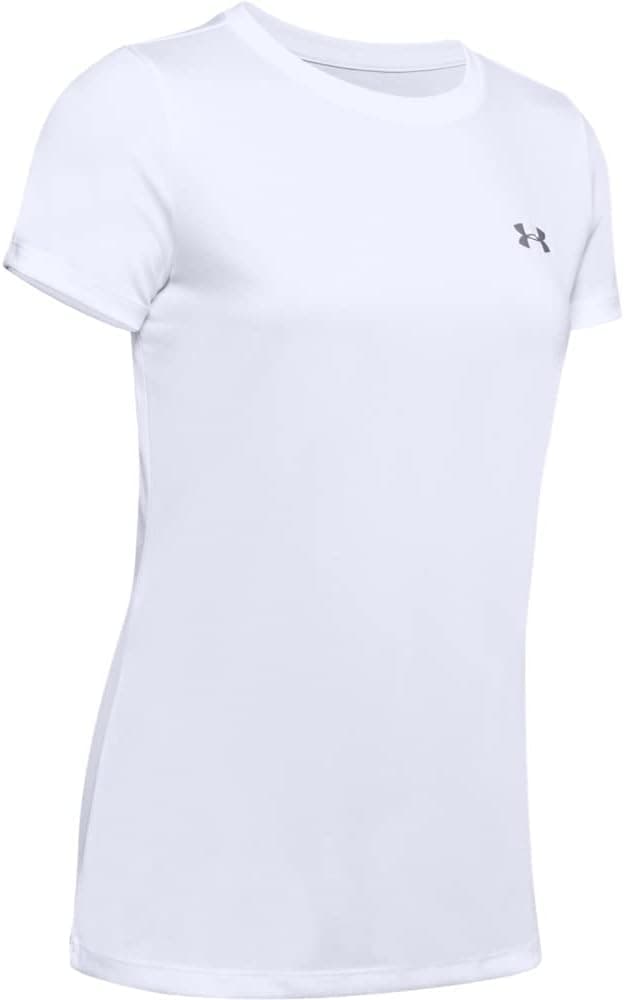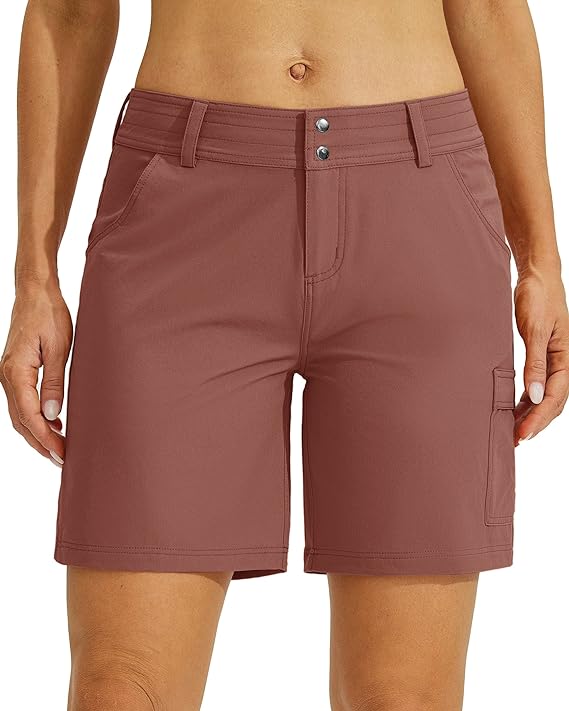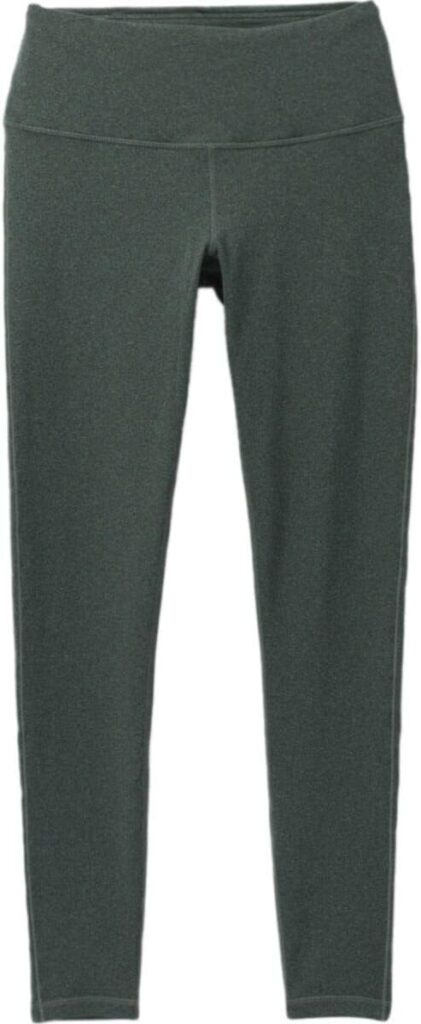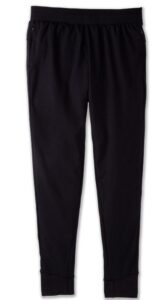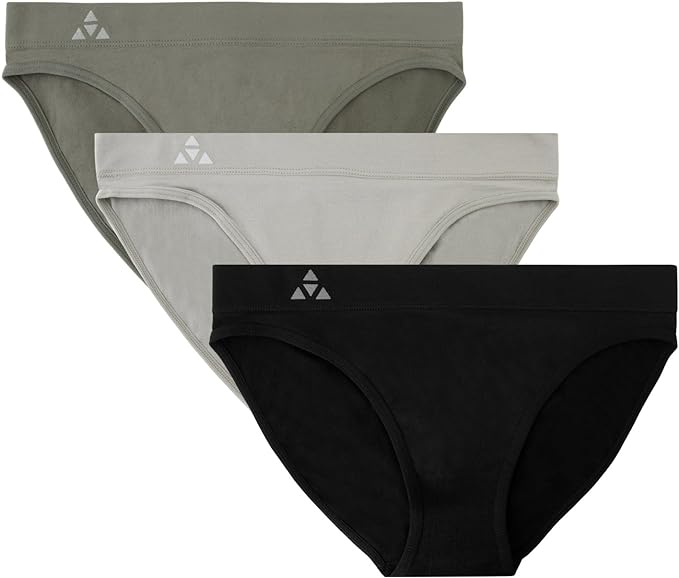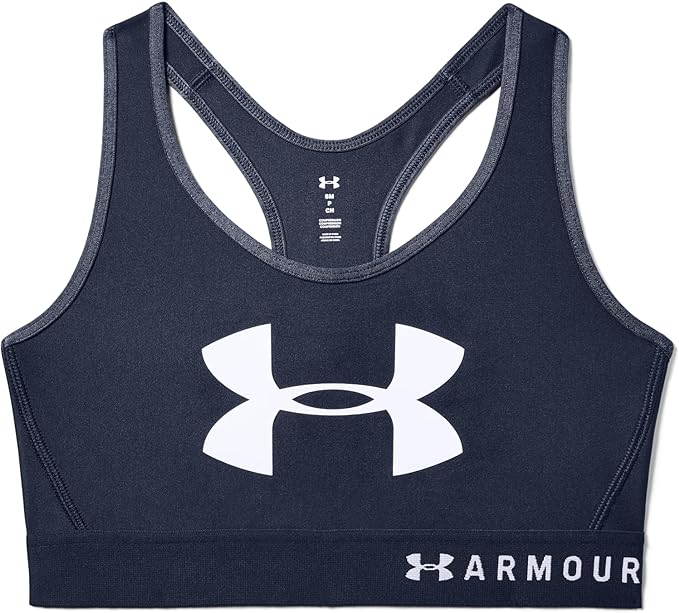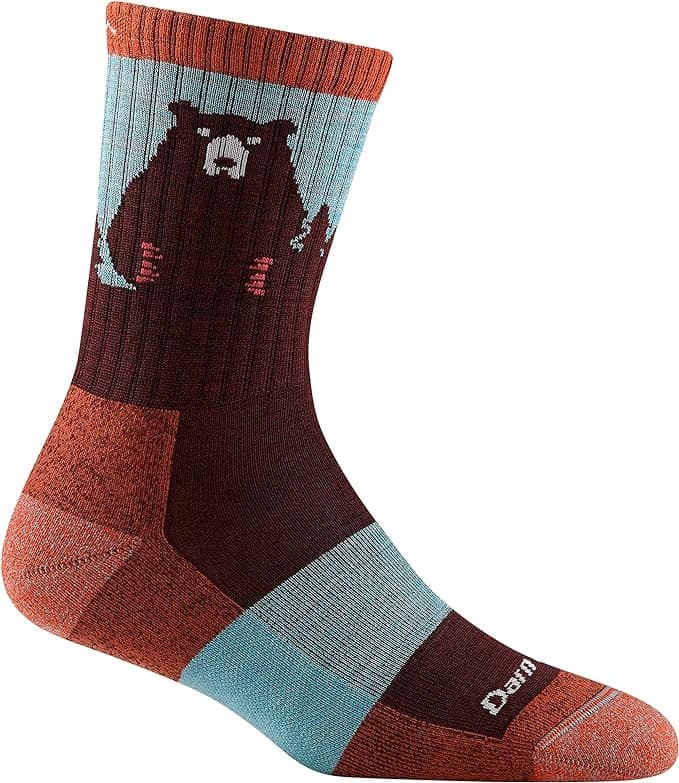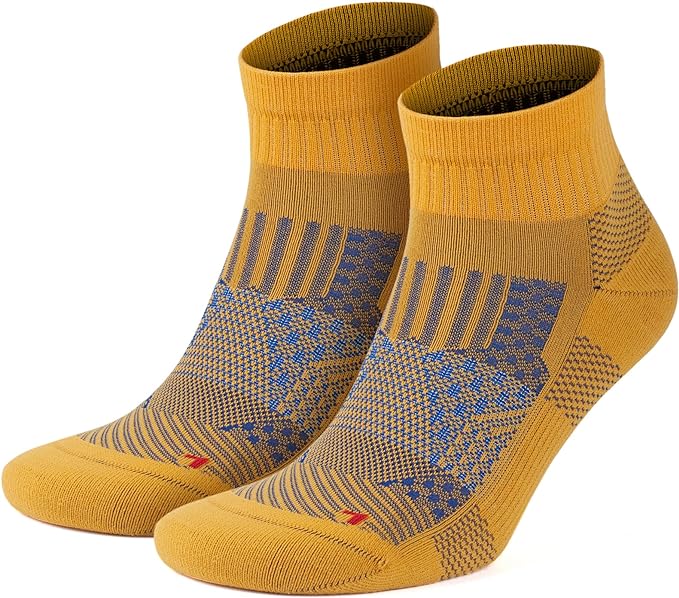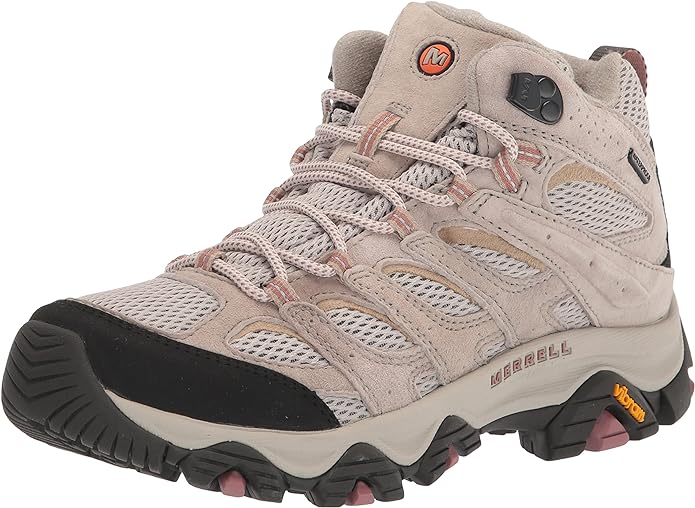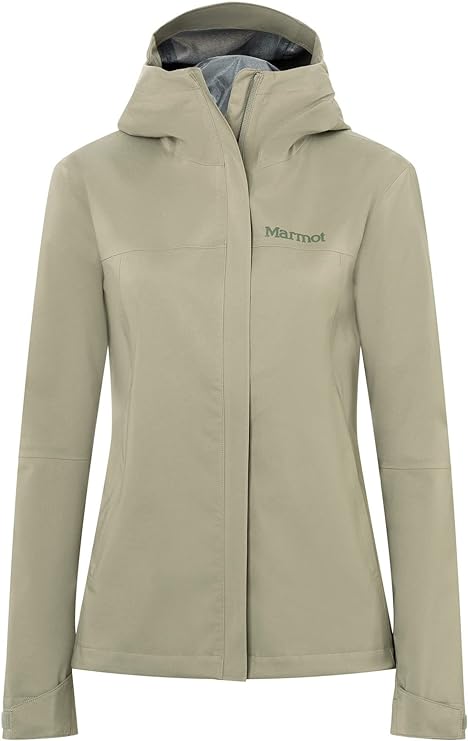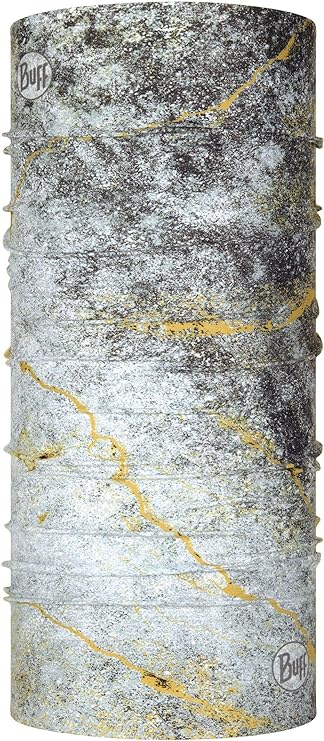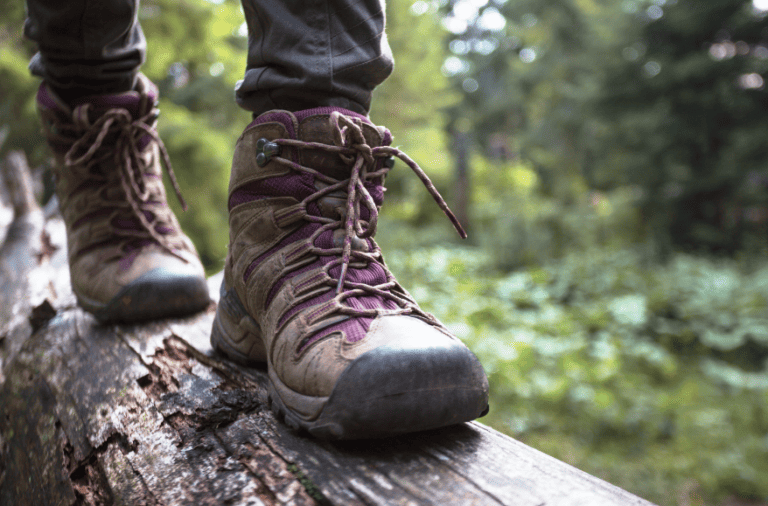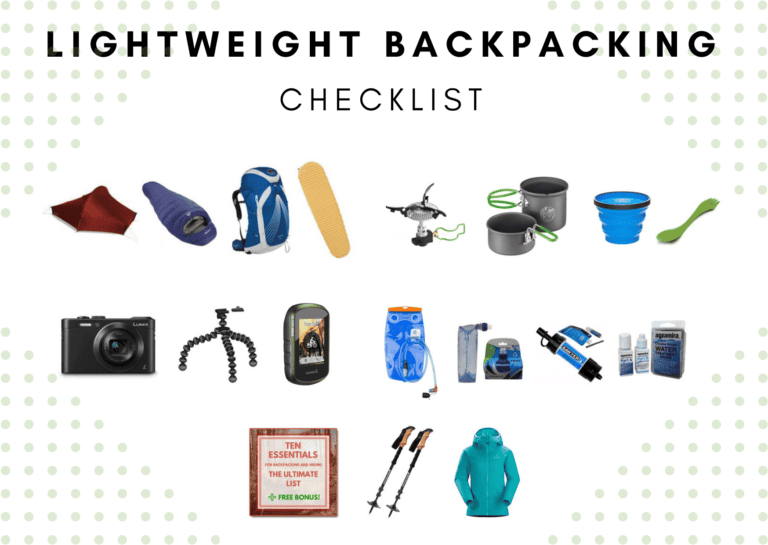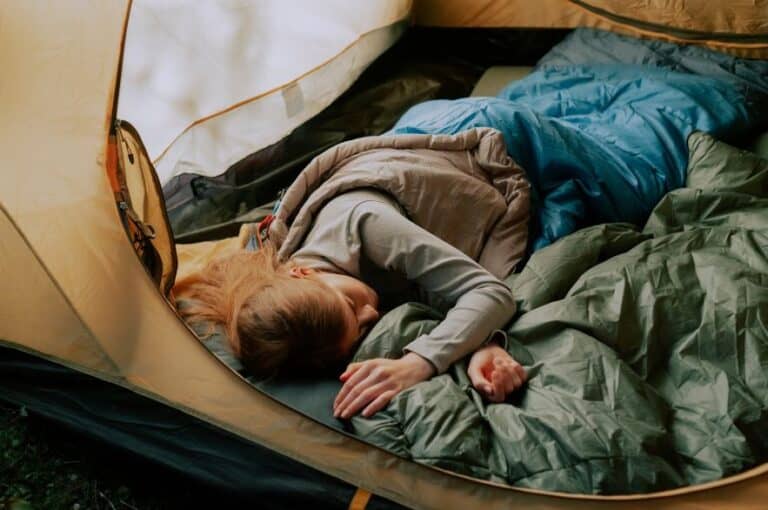Hiking Clothes – The Ultimate Guide What to Wear Hiking
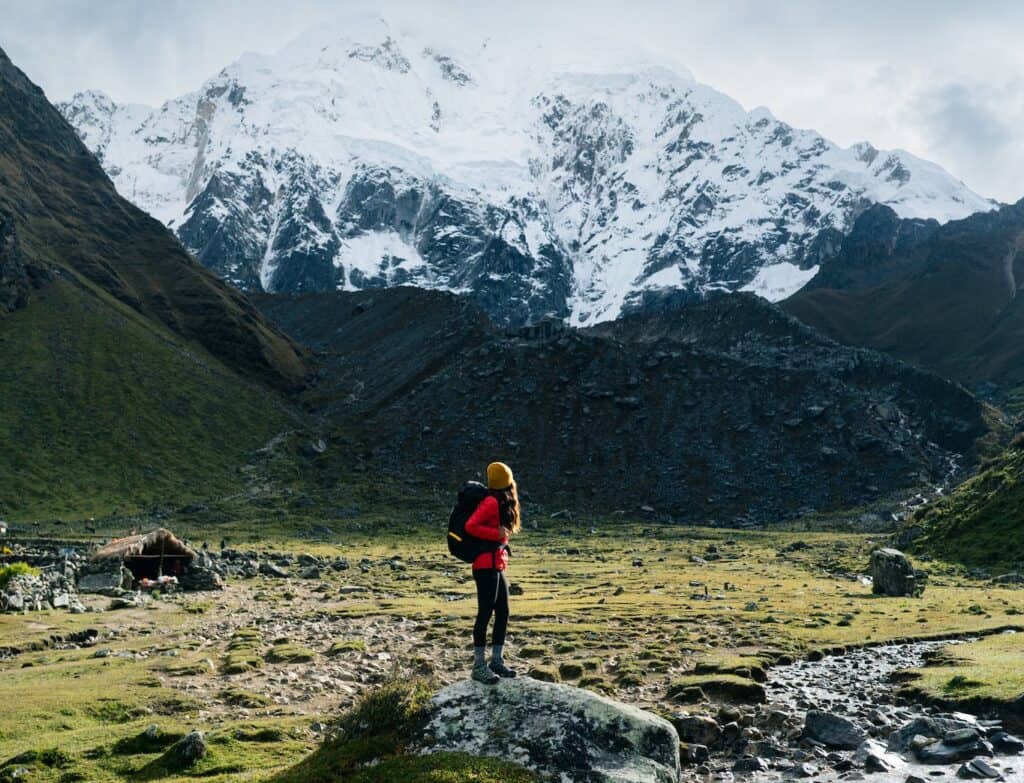
It’s crucial to have the right hiking clothes to ensure comfort and safety during your hike. Hiking is an engaging activity that allows you to immerse yourself in the beauty of nature while also getting a great workout and as each workout it requires a right outfit. This comprehensive guide will provide you with expert advice on what to wear hiking during each season of the year.
Why Is It Important To Wear The Right Hiking Clothes?
Choosing the right clothing for your hike can greatly influence your overall experience. It’s not just about looking good on the trail; it’s also about being prepared for changing weather conditions, terrain, and temperature fluctuations. Wearing the right hiking outfit can protect you against elements like sun, wind, rain, and even insects. It can also prevent discomfort caused by chafing or overheating. So, let’s dive into the specifics of hiking clothes.
What to Wear Hiking: The Basics
Different hiking conditions require different clothing choices. Here, we outline the basics that apply to most hiking scenarios.
Material Matters
The material of your hiking clothes can greatly affect your comfort level on the trail. Here are the most common materials used in hiking clothes:
- Synthetics: Synthetics such as polyester and nylon are popular choices for hiking clothes. These materials are lightweight, quick-drying, and wick away sweat from your body. They also tend to be more durable and less expensive than other materials, making them a great choice for beginners.
- Merino Wool: Unlike regular wool, merino wool is soft, lightweight, and highly breathable. It’s great at regulating body temperature, wicking away sweat, and controlling odors. Although it tends to be pricier than synthetics, its superior comfort and performance make it worth the investment.
Layering Is Key
Layering your clothing is a fundamental principle in hiking clothes. It allows you to adjust your outfit according to the changing weather and your exertion level. Here’s a basic breakdown of the three-layer system:
- Base Layer: This layer is in direct contact with your skin. Its main job is to regulate body temperature and wick away sweat. Ideal materials for base layers are synthetics and merino wool.
- Mid Layer: The mid-layer serves as your primary insulation. It keeps you warm by trapping heat close to your body. Fleece jackets or lightweight down jackets work great as mid-layers.
- Outer Layer: The outer layer protects you from wind, rain, or snow. This layer should be water-resistant or waterproof, yet breathable.
Get your FREE Backpacking Gear Checklist
Get this fully editable excel checklist to quickly and easily organize and track your hiking or backpacking gear.

Avoid Cotton
Cotton might feel comfortable for everyday wear, but it’s not suitable for hiking. Cotton absorbs and retains moisture, which can make you feel wet and cold. It also takes a long time to dry, which is not ideal when you’re out on the trail.
What to Wear Hiking: Essentials For Every Trail
Now that we’ve covered the basics, let’s delve into specifics. Here are the essentials for a women’s hiking outfit, regardless of the conditions.
Hiking Shirts
Your hiking shirt should be breathable and moisture-wicking. For hot weather, opt for a short-sleeve, lightweight tee. For cooler weather or for sun protection, consider a long-sleeve shirt. Many hiking shirts also offer UPF (Ultraviolet Protection Factor) ratings to protect your skin from harmful UV rays.
Hiking Pants
Choose hiking pants based on the weather and the terrain. For warm weather or easy trails, breathable and quick-drying convertible pants or hiking shorts are great. For cooler weather or rugged trails, opt for long pants that offer more protection. Some hikers prefer leggings or yoga pants for their comfort and freedom of movement.
Hiking Underwear
Choosing the right underwear can significantly impact your comfort on the trail. Opt for quick-drying, moisture-wicking underwear made of merino wool or synthetics. A well-fitted sports bra can also provide necessary support and comfort.
Hiking Socks
Hiking socks play a crucial role in preventing blisters and keeping your feet comfortable. Avoid cotton socks as they retain moisture. Instead, opt for socks made of merino wool or synthetics that wick moisture away from your skin.
Hiking Shoes
Selecting the right hiking shoes is crucial for your safety and comfort on the trail. Your shoes should provide good traction, support, and cushioning. They should also be made of durable materials and be suited to the terrain you’re tackling. Some hikers prefer hiking boots for their ankle support, while others opt for lightweight hiking shoes or trail runners.
Hiking Jacket
A good hiking jacket protects you from the elements. For most hikes, a lightweight, water-resistant, and breathable rain jacket should suffice. For colder weather, consider an insulated jacket.
Hiking Accessories
Aside from the basics, there are several accessories to consider for your hiking outfit. A sun hat or a beanie can protect your head from the sun or keep it warm. Sunglasses shield your eyes from harmful UV rays. Gloves can keep your hands warm in chilly weather. A Buff or neck gaiter can provide extra sun or wind protection.
Seasonal Hiking Clothes
What to wear hiking can also depend on the season. Each season presents different weather conditions and temperatures, requiring a different hiking outfit.
Hiking Outfit for the Seasons
Summer Hiking Clothes
In the summer, opt for lightweight, breathable, and moisture-wicking clothes. Hiking shorts and short-sleeve shirts are great for hot weather. Don’t forget to protect your skin from the sun with a hat, sunglasses, and sunscreen.
Fall Hiking Clothes
Fall can bring cooler temperatures and unpredictable weather. It’s best to dress in layers and prepare for potential rain. Consider long pants and long-sleeve shirts, along with a warm jacket.
Winter Hiking Clothes
Winter hikes require the most preparation. Warm base layers, an insulated mid-layer, a waterproof outer layer, and accessories like gloves and a beanie are essential. It’s also crucial to wear insulated, waterproof boots to keep your feet warm and dry.
Spring Hiking Clothes
Spring hiking attire can be similar to fall clothing. Dress in layers to adjust to changing temperatures, and bring a rain jacket in case of showers.
Final Thoughts
Knowing what to wear hiking can greatly enhance your experience on the trail. The right hiking clothes not only provide comfort but also protect you from the elements. Remember, the key is to choose breathable, quick-drying materials, dress in layers, and select clothing that suits the weather and terrain. Whether you’re a novice hiker or an experienced explorer, the right hiking outfit can set the stage for a successful adventure. Happy hiking!

